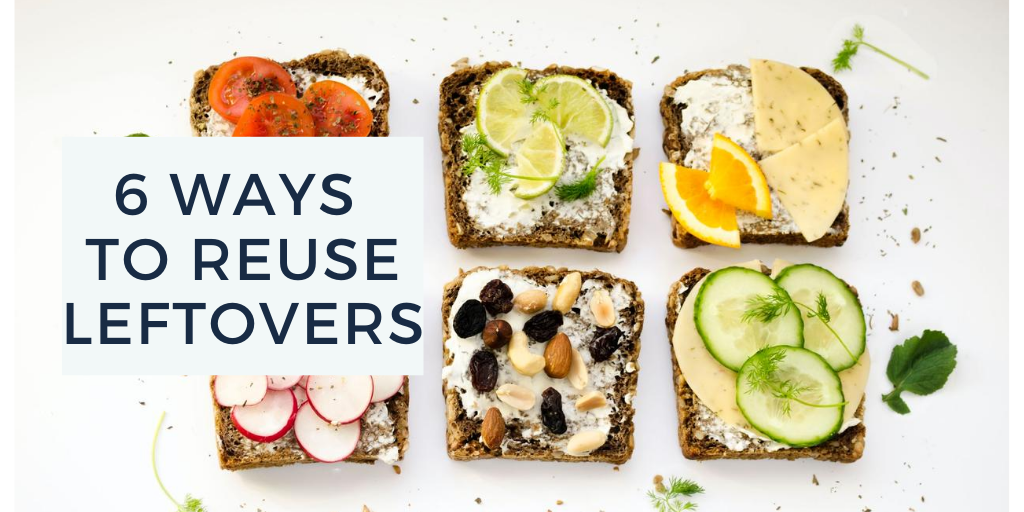
How to Reuse Leftover Food: Recipes and Guide
Guide to Reusing Leftovers
Reusing leftovers is one of the simplest ways to reduce food waste.
Food waste is a bigger problem than you realize. In fact, Canada alone produces 3.5 million tons of food waste in a year or 58% of the total food produced in the country.
Food waste has many social, economic and environmental implications. For one, 3.5 million tons of food is equivalent to $49 billion.
This money could be better used to fund things like feeding programs. Food waste also takes up significant landfill space. It creates 56.6 million tons of carbon dioxide-equivalent emissions, according to research.
With that in mind, solving the problem of food waste is a complex process with many moving parts. As previously highlighted here, it’s an issue that exists everywhere with one-third of all food produced in the world going to waste.
Reducing our food waste requires major systemic changes within industries, organizations and among you and I. Our households is the first step.
What you can do is to start reusing leftovers to minimize your contribution to food waste.
How to Reuse Leftovers
1. Make Savoury Broth
The good news is that anyone can easily make broth at home if you have scraps of meat and vegetables. These two food groups actually made the list of Business Insider’s report on most wasted food categories.
It would be even better if you can incorporate root crops like carrots and beets in your broth as it’s number one on the list of wasted foods. Get our secret bone broth recipe here.
All you need is to boil and simmer some chopped up produce, bones and vegetable stems with peels included.
For example, the long stalks of broccoli that are too tough to eat can add depth of flavor to your broth. Strain the liquid and you have a flavourful broth to use for all of your cooking needs.
You can also experiment with different herbs and spices to have a variety of broths. Store it in a jar, put it in the fridge and heat it up when a recipe calls for it.
We also have an aromatic collection of organic broths that are perfect for many soups, gravies, and sauces. It’s full of flavour that can serve as a base for many dishes.
2. Let it Simmer
With broth on hand, you can try making a hearty soup or stew. Just add a few more ingredients like dry pasta, grains, protein and more vegetables.
Here’s a suggestion: Use organic bone broth to make a delicious beef stew. Throw in some potatoes, onions, carrots, celery and peas. If you want then you can add some beef to make a hearty stew.
There are dozens if not hundreds of soups you can experiment with. It’s the perfect comfort food for cold winter nights. For inspiration, check out our butternut squash or superfood chili recipes.
3. Make a Grain Bowl
Healthy eaters know how incredibly delicious grain bowls can be. They’re also very versatile which means you don’t have to eat the same combination repeatedly.
To make a grain bowl, registered dietitian Carrie Dennett notes that it should consist of the following:
• whole grain (ex. brown rice, quinoa, barley)
• protein (ex. beans, chickpeas, tofu, turkey)
• vegetables (ex. broccoli, asparagus, carrots)
• sauce/dressing (ex. tahini dressing, pesto)
• garnish (ex. nuts and seeds, herbs, cheese)
• optional extras (ex. roasted potatoes, peppers)
It’s a great meal for days when you don’t have time to prepare and want something quick and healthy. Just throw in anything you have left over in the fridge and you’ll come up with something tasty. Try our favourite grain bowl: summer quinoa salad.
4. Make Stuffing
Stuffing can be eaten on its own. Alternatively, you can use it for its intended purpose. One idea is to make pasta ripiena or stuffed pasta.
Ravioli is of course the most well-known version of the classic Italian dish, but you have other options too if you’re up to experimenting in the kitchen. You can try making tortellini filled with meat and served in a delicious broth.
For a vegetarian version, try making the squash-stuffed cappellacci, which dates back to the 16th century. If you have herbs and soft cheeses on hand, fold it into the triangular-shaped panzotti best served with walnut sauce.
Another delicious use of stuffing is turnovers. The Nibble describes turnovers as portable pies that can be filled with sweet and savory ingredients of your liking.
For instance, you can make mini apple pies that are ready to be eaten on the go. Use whatever you have left, like sweet potato or pumpkin puree. And for those who want a more filling version, stuff it with cheese, spinach, Indian curry, Cajun chicken or Mexican-spiced beef. Anything goes!
5. Turn Stale Bread into Snacks or Dessert
Bread is best when served fresh out of the oven. When they’re not, it becomes stale and moldy very quickly. It’s also among the list of the most wasted foods in countries like Britain, where wasted crusts are equivalent to 50 million loaves of bread thrown away.
So what can you do with unused bread or unwanted parts of it? Lots, actually! You can toast stale bread to make croutons. This can be a great topping for a healthy salad. You can also throw it into a food processor to make breadcrumbs, which come in handy when you’re craving for deep-fried treats.
One favourite, however, is to make comforting desserts with old bread. For example, old-fashioned bread pudding recipes call for stale bread. Drizzle it with some maple syrup or butterscotch sauce and finish it off with seasonal fruit.
6. Freeze Fruit
Fruit is also at its best when freshly picked. But one can only eat so many of them. The good news is that you can extend the expiration date of fruit by putting them into the freezer.
It’s a well-known fact that fruit retains its nutrients even when frozen. It’s also usually frozen when at its peak so you don’t have to worry about losing its sweetness.
NDTV suggests adding frozen fruit into your smoothie for a healthy kick or you can try making jam or fruit reduction for sauces.
Another use for overripe fruit is to bake with it. Overripe bananas, for example, are often too mushy to eat. But they’re also at their sweetest, which makes them perfect for baking.
Banana bread is very easy to make and is best made with overripe bananas. Checkout this easy recipe from Minimalist Baker.
Reducing Leftovers
It goes without saying that food waste is a pressing issue all over the world. However, you may not realize how we are all contributing to the problem. As an individual, you need to start reflecting on why you’re wasting too much food in the first place.
Here are three main things that can offer an explanation:
1. You don’t plan well.
Food wastage can be traced back to a lack of preparation. Without a proper list, you might end up buying too much food or getting the wrong ingredients.
Or, you might get products that are about to expire or perish. Reporter Sarah D. Young encourages people to not buy food that is on promo because it will likely end up going to waste anyway.
It only takes a few minutes to create a meal plan for the week and a grocery list. If you don’t know where to begin, Meal Prep Mate is a helpful planning tool that you can use to minimize food waste.
It’s an online calculator that’s completely free and gives suggestions on how much to buy in supermarkets. Input what you’re planning to cook and for how many people and it will compute the amount of ingredients that you should buy.
2. You prepare too much.
Reusing leftovers is one step to minimizing food waste, but avoiding making too much food is even more crucial. After getting the correct ingredients, the next step is to cook the right amount.
When cooking, it’s very important to measure one’s portions. It’s the oldest trick in the book to sticking to balanced diet but it’s also helpful in minimizing waste. Other than having the right size of plates, using appropriate cookware might also help gauge portions.
For example, you can opt for a smaller rice cooker especially when you’re only preparing food for yourself. There are many portable kitchen tools in the market that fit individual needs. For example, you can get rice cookers in all shapes and sizes.
This can help you avoid preparing excessive amounts of rice that may end up going to waste, as well as pastas, soups and stews.
Another kitchen tool to size down is your everyday blender. Instead of buying commercial-sized blenders, opt for bullet sized blenders that are more efficient for smaller servings.
It’s worth making the switch if you’re a fan of having a daily smoothie. Regardless of your go-to kitchen tool, opting for portable gadgets is a nifty trick for measuring portion sizes and minimizing food waste.
3. You don’t store food well.
Spoiled food is wasted food — there's not much you can do about that. Most of the time, however, the reason behind spoilage is improper storage.
First, know what foods need to be refrigerated to lengthen shelf life. Insider has a list of ingredients that require refrigeration that you may not be aware of.
For instance, nut butters are often stored in shelves but the oils increase likelihood of rancidity. Avocados, which can overripe at the blink of an eye, can be preserved when stored in the refrigerator instead of at room temperature.
Read food labels or research on proper storage guidelines if you’re unsure — it’s one of the simplest ways to reduce waste.
Every household should have proper storage tools, too. Airtight food containers are effective against cross-contamination and help in making food last longer.
Consider buying a bunch of reusable bags as well. Stasher’s food grade silicone bags are more environmentally-friendly than single-use resealable bags.
When used properly, these can last for years in your kitchen without losing their functionality. Whether you’re using jars, containers or bags, the key is to seal food properly as it is one of the most effective ways to prolong shelf life.
The bottom line is that it’s not a major inconvenience to reduce food waste. Planning ahead only requires a few minutes of your time, once or maybe twice a week.
That can help you in shopping for and preparing the right amount of food. That means you won’t have a huge amount of leftovers to begin with. Though these steps may be small, they can add up in the long run and contribute to solving the global problem of food waste.
With that we’d love to hear from you.
What are your top tips for reducing food waste in your home? Leave a comment and let us know.
Article specially written for bluebirdprovisions.co by Allie Cooper.
(Image credit: Unsplash)

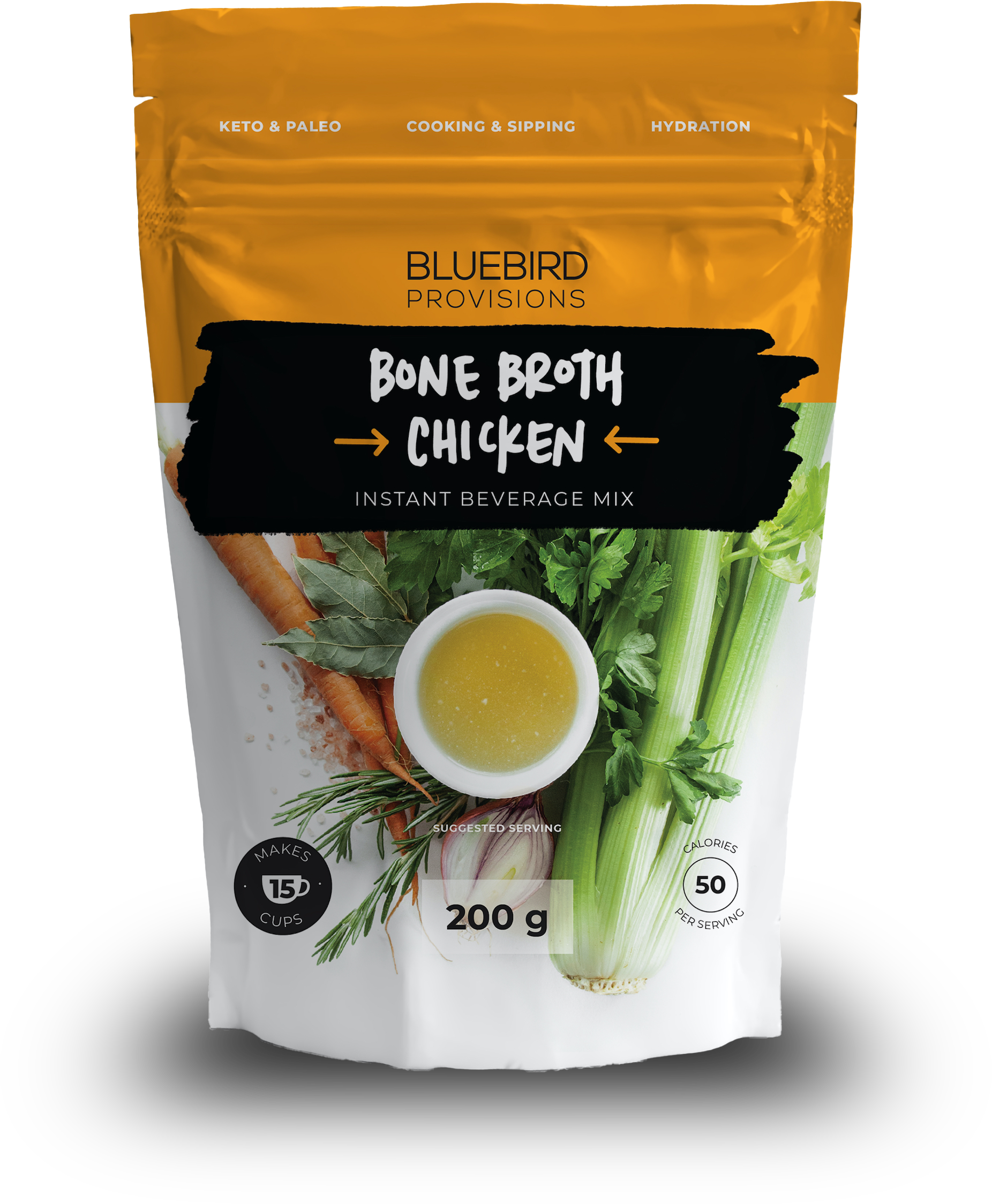

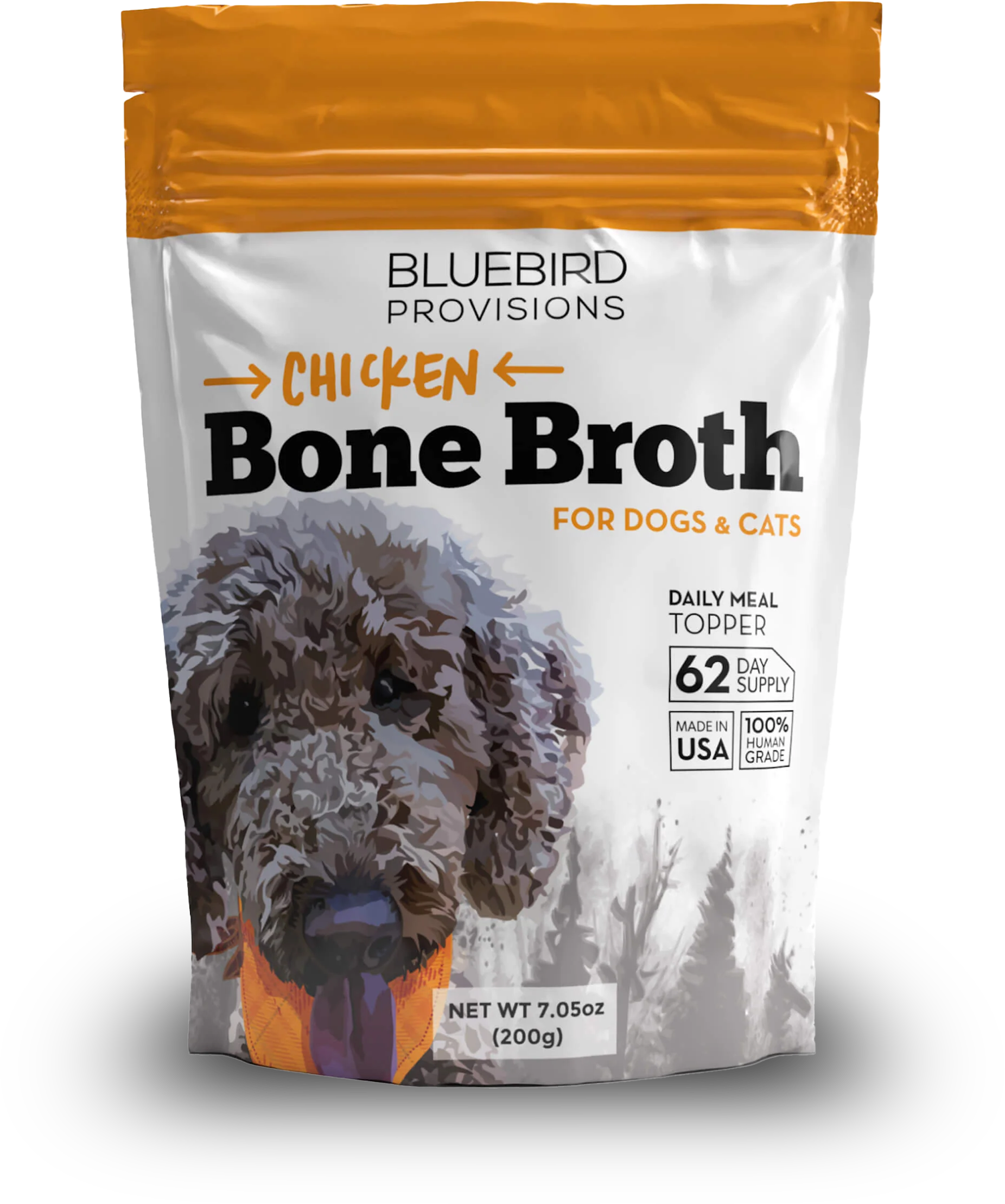




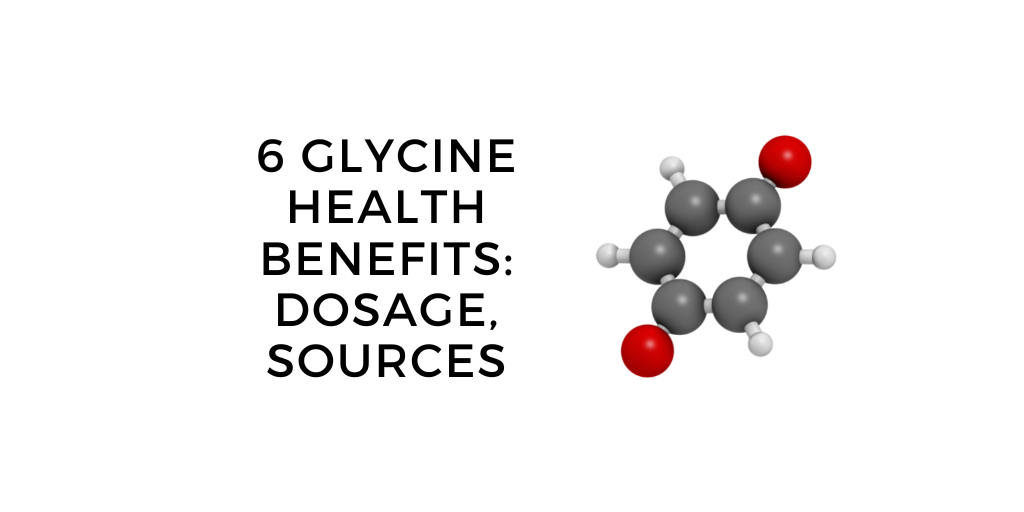

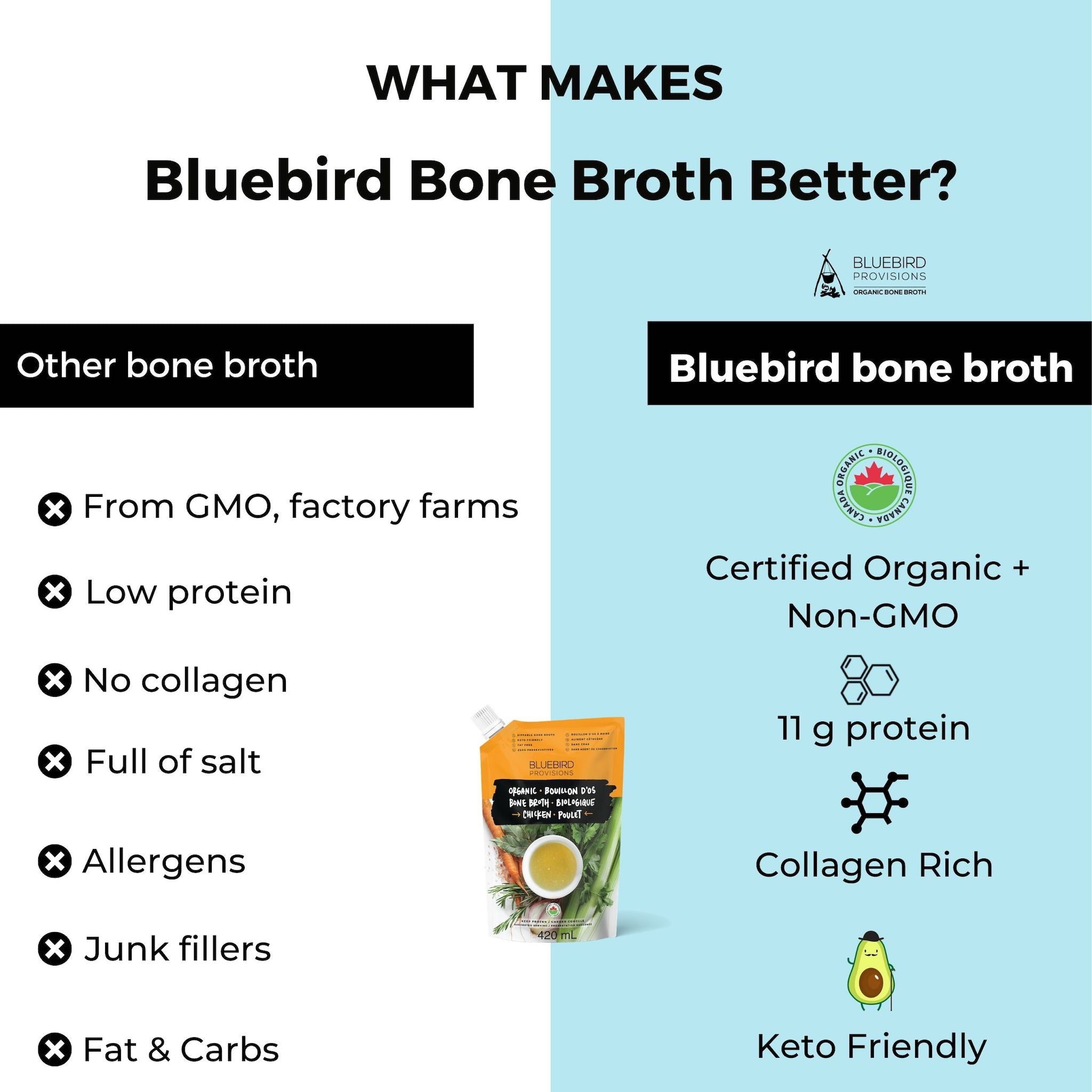

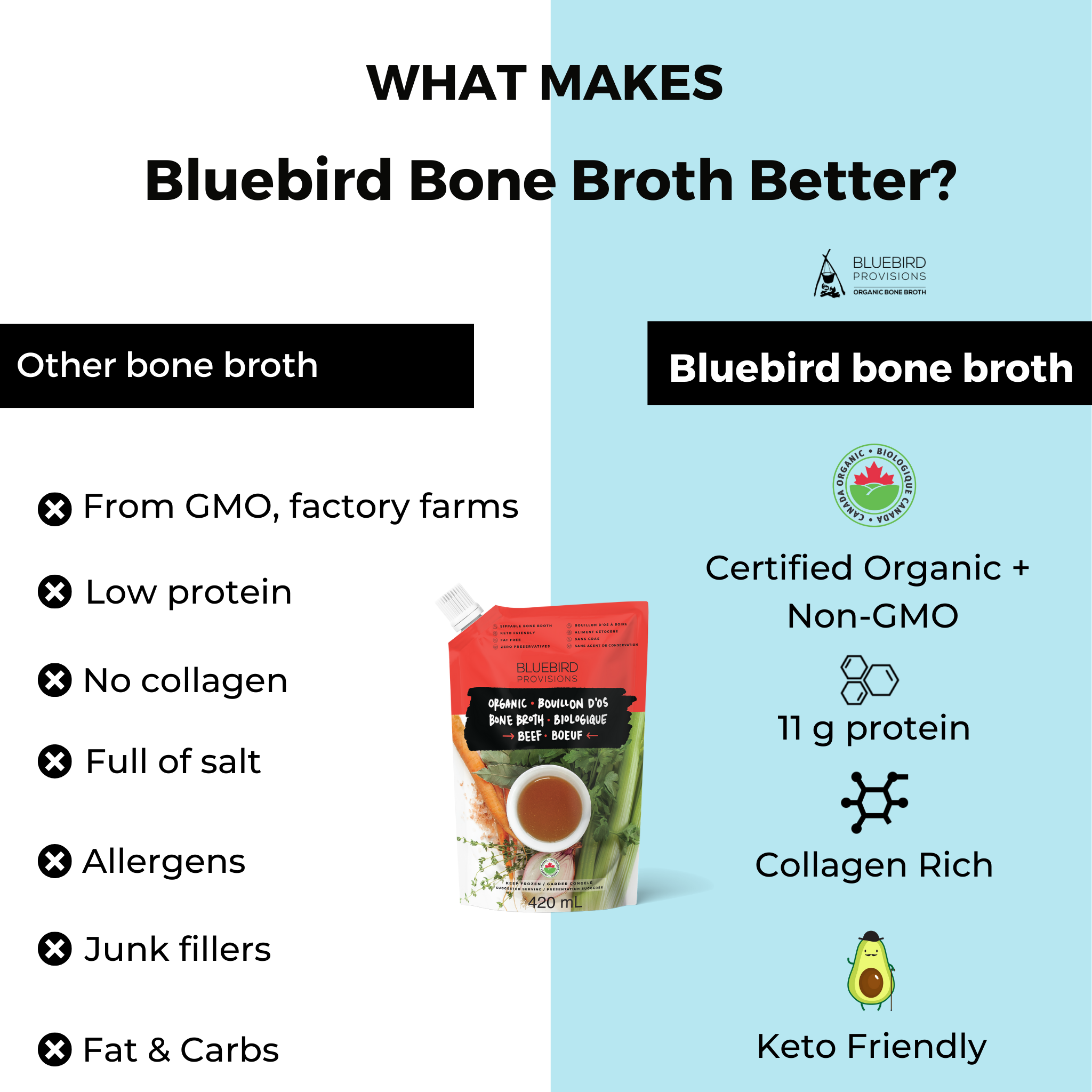
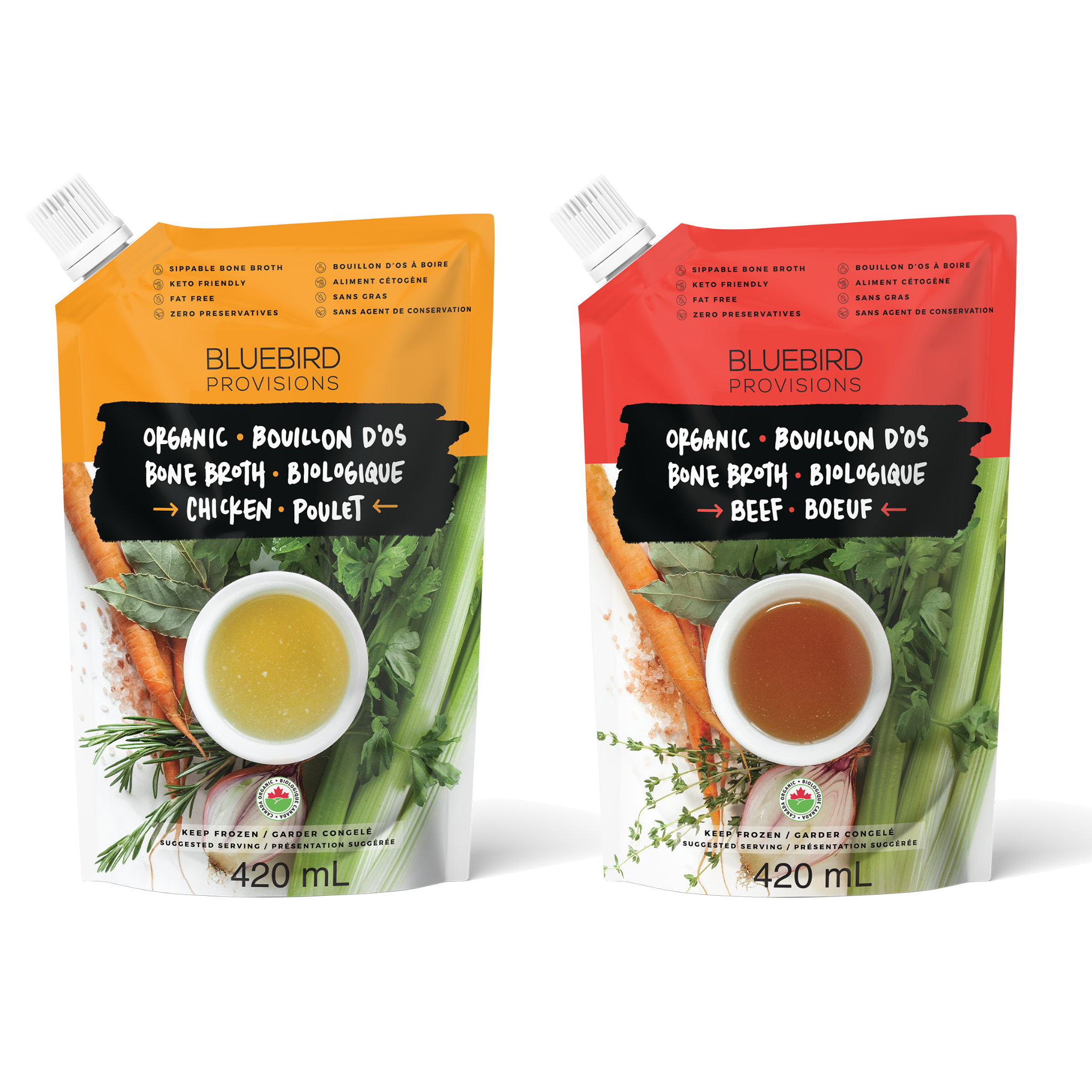
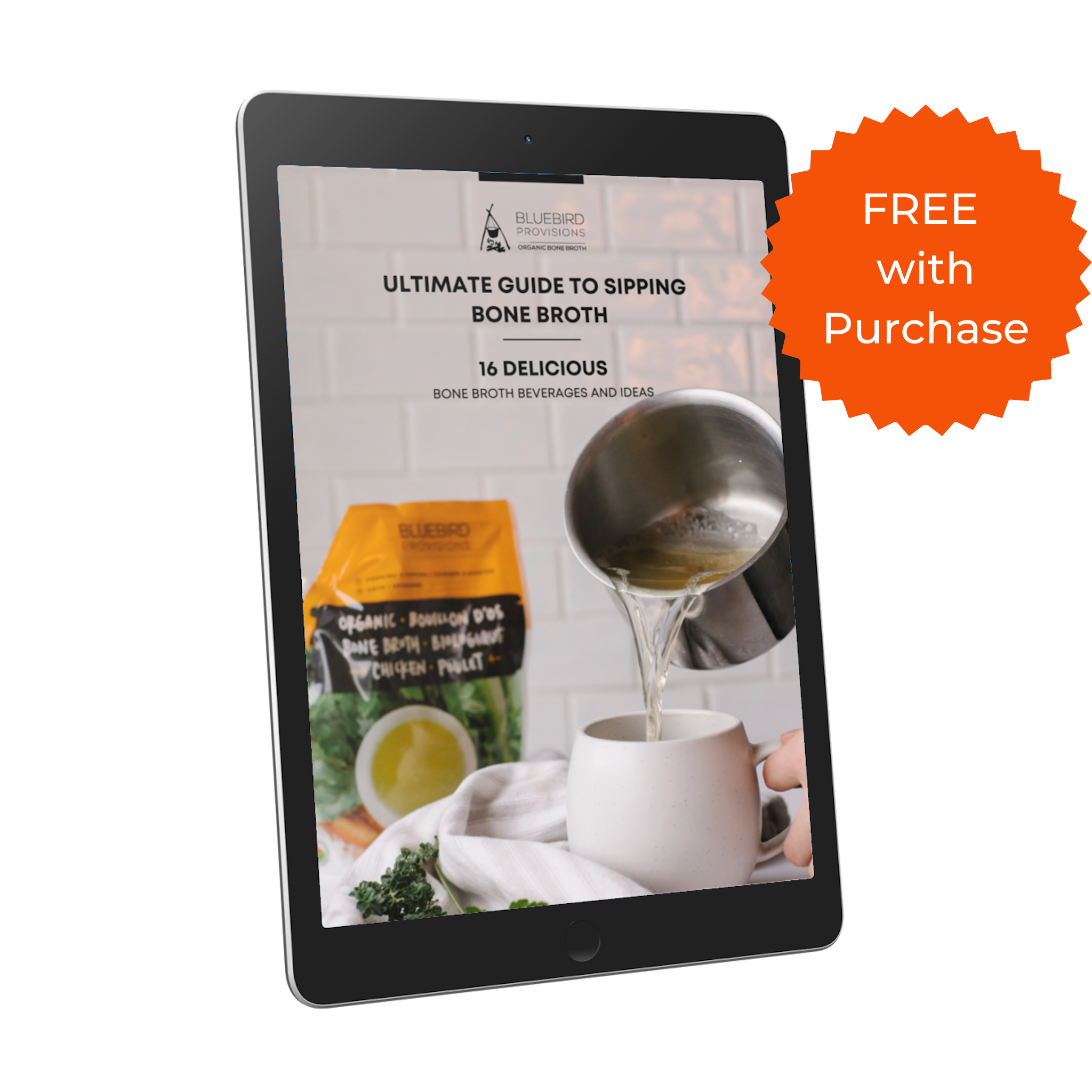
Leave a comment
This site is protected by hCaptcha and the hCaptcha Privacy Policy and Terms of Service apply.